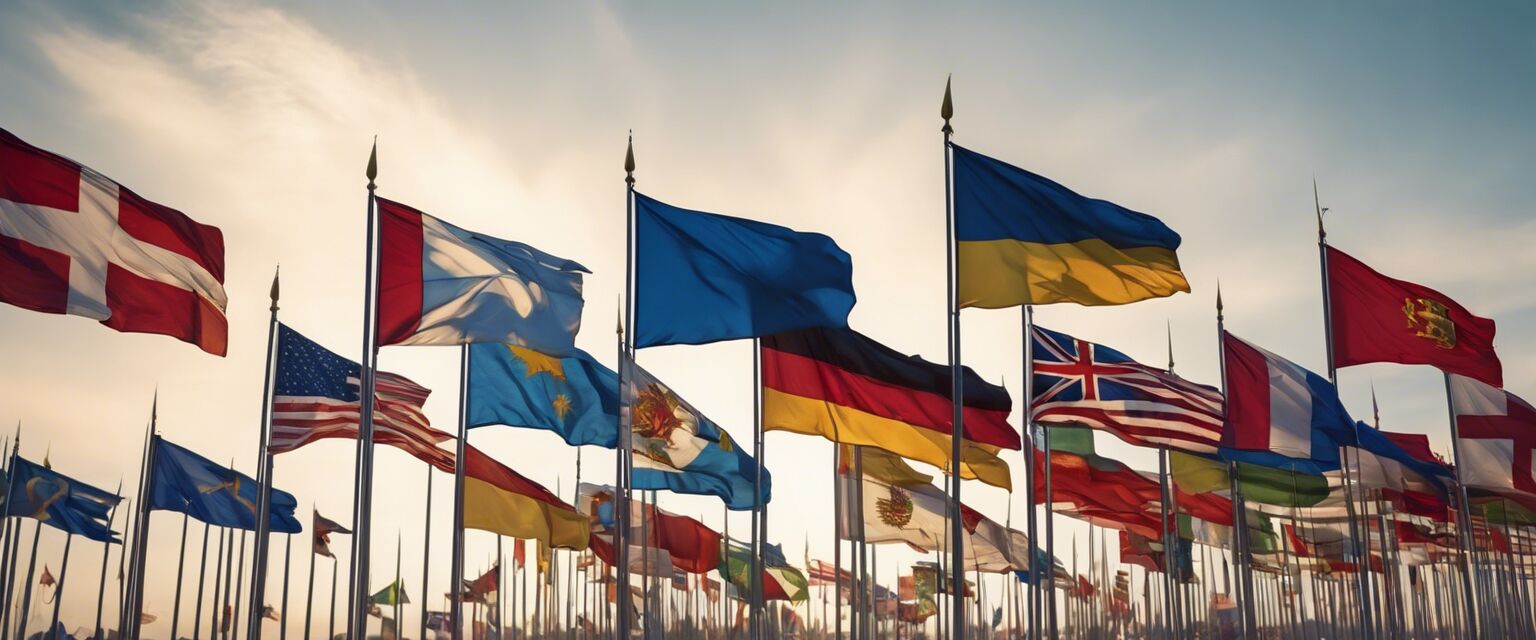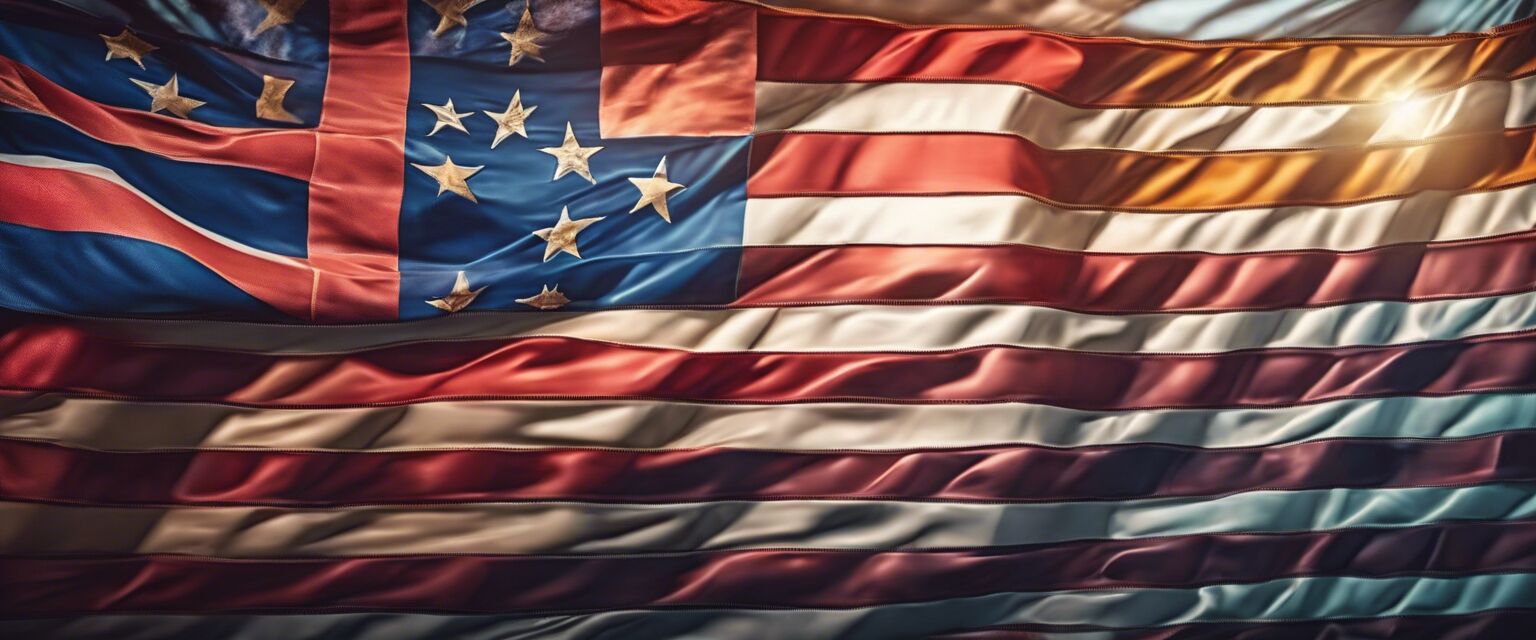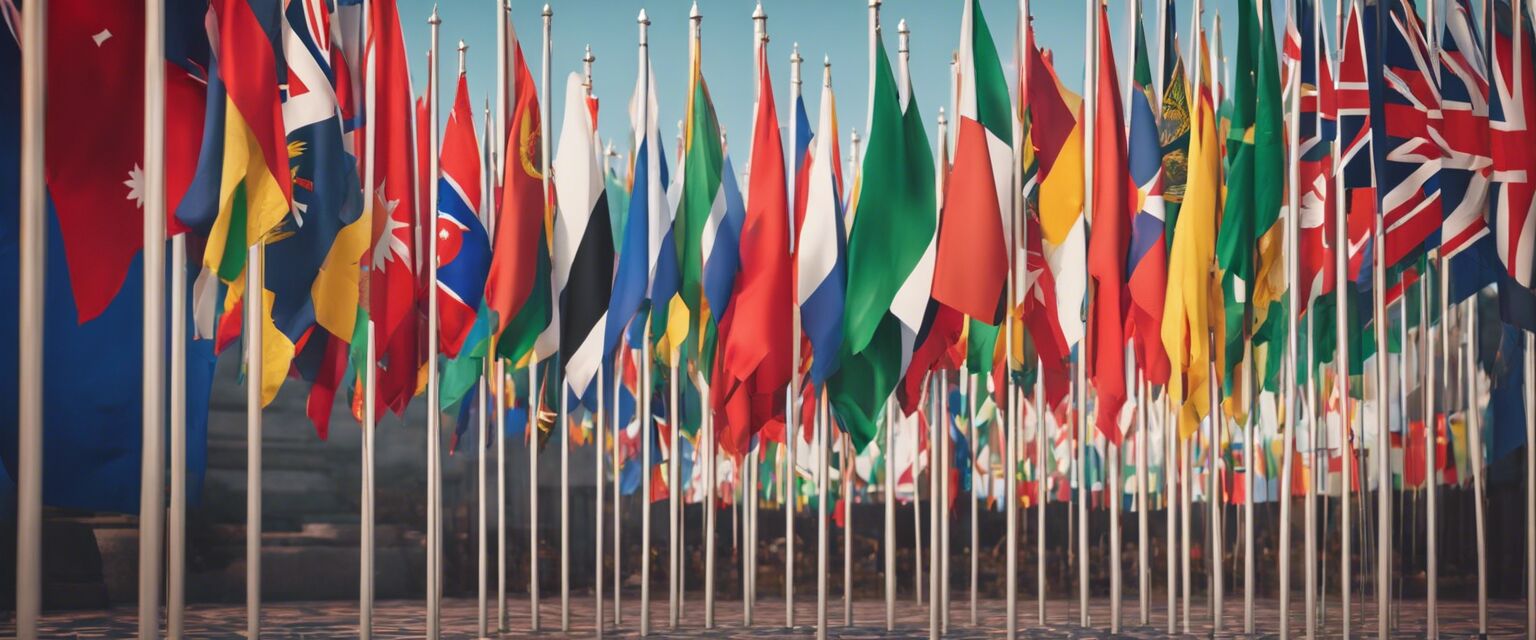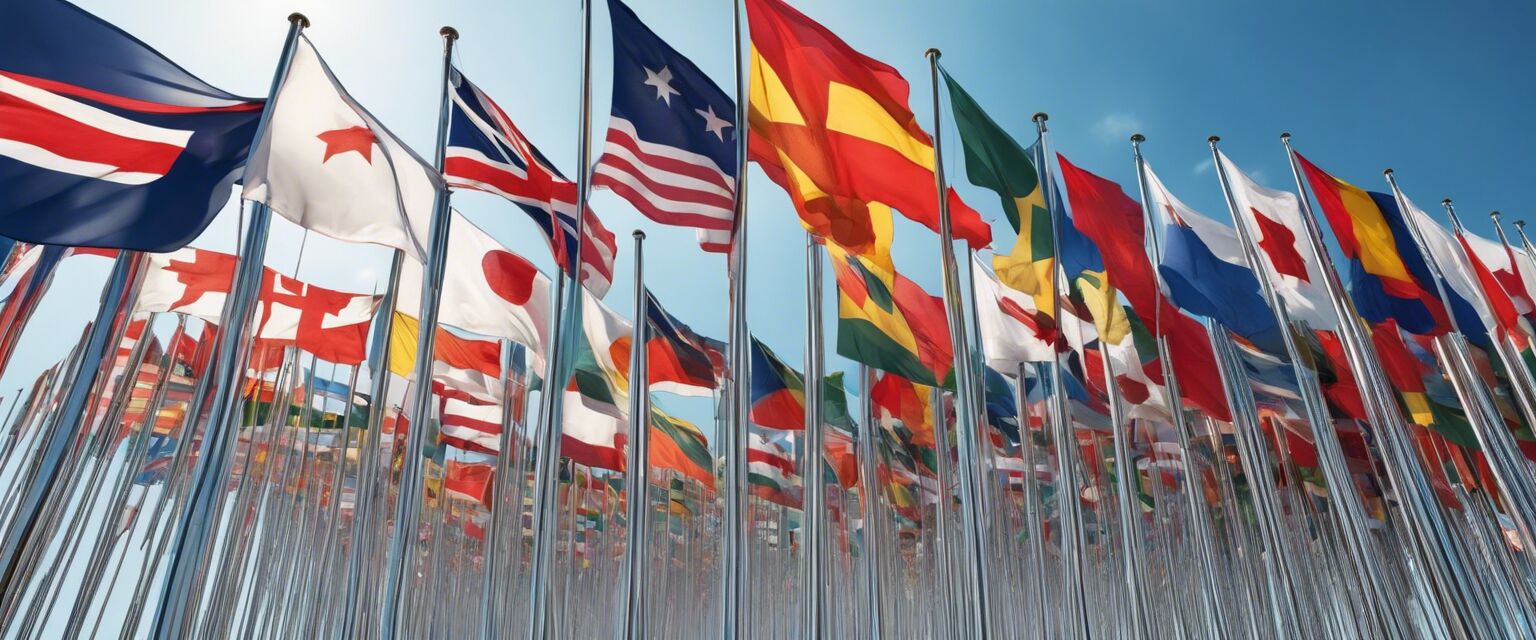
History of Flags
Key Takeaways
- Flags have been a symbol of identity for nations and communities throughout history.
- The design and colors of flags often hold significant meaning.
- Flags have evolved from simple standards to complex representations of modern states.
Explore the history and evolution of flags from ancient times to modern-day. This article will take you through the fascinating journey of how flags have become symbols of pride, unity, and national identity across cultures and history.
1. The Origins of Flags
The use of flags can be traced back to ancient civilizations. Initially, they were used as standards in battle, serving as a rallying point for troops. Over time, flags became more than just military toolsâthey evolved into symbols of identity and governance.

1.1 Early Use in Battle
Flags have been used in warfare for thousands of years. The early models were made of cloth or fabric attached to a pole. Valued for their visibility, flags allowed soldiers to identify their commanding units on the battlefield.
1.2 Flags in Ancient Cultures
Many ancient cultures employed flags, including the Egyptians, Greeks, and Romans. Each culture had distinctive styles and significant meanings tied to their flags.
| Culture | Flag Use | Example |
|---|---|---|
| Egyptians | Military and ceremonial | Hieroglyphic flags |
| Greeks | City-state flags | Symbols representing city alliances |
| Romans | Legion standards | Vexillums |
2. The Evolution of Flags
As societies advanced, so did the complexity of flags. The Middle Ages saw the emergence of heraldic flags, which used unique designs to represent noble families and kingdoms.
2.1 Heraldry and Flags
Heraldry provided a system for designing flags, incorporating symbols and colors to convey information about factions, alliances, and statuses.

2.2 Modern Flags Development
With the formation of modern nations, flags became established as national symbols. Each flag's design represented the nation's history, values, and ideals.
3. Flag Design and Meaning
Flags are rich in symbolism. The colors, shapes, and emblems used in flags often carry deep meanings that reflect the values and history of the nation or community represented.
| Color | Meaning |
|---|---|
| Red | Bravery and valor |
| Blue | Freedom and justice |
| Green | Hope and prosperity |
| Black | Strength and resilience |
4. Flags as Cultural Symbols
Flags represent more than just political entities; they embody cultural heritage. Festivals, sports events, and national holidays prominently feature flags, displaying national pride and unity.
4.1 Flags in Festivals
Many cultures around the world celebrate their identity through festivals that showcase their flags. For example, the festival flags used in various celebrations represent vibrant traditions and community spirit.
4.2 The Role of Flags in Sports
In sporting events, flags symbolize national pride. Viewers and supporters wave flags of their countries, enhancing the spirited atmosphere of competitions.

5. Conclusion
Flags have transformed over time from simple battle standards to complex and meaningful symbols of identity. Understanding their history enriches our appreciation of these colorful fabrics that represent unity among nations and communities.
Pros
- Flags symbolize national pride and unity.
- The design and colors can convey deep meanings.
- Flags are integral to cultural and historical celebrations.
Cons
- Flags can sometimes be sources of conflict or disagreement.
- Misinterpretation of designs can lead to misunderstandings.
Beginnerâs Tips for Flag Collectors
- Research the history of each flag you collect.
- When attending festivals, purchase locally made flags for authenticity.
- Understand the symbolism behind colors and designs.








